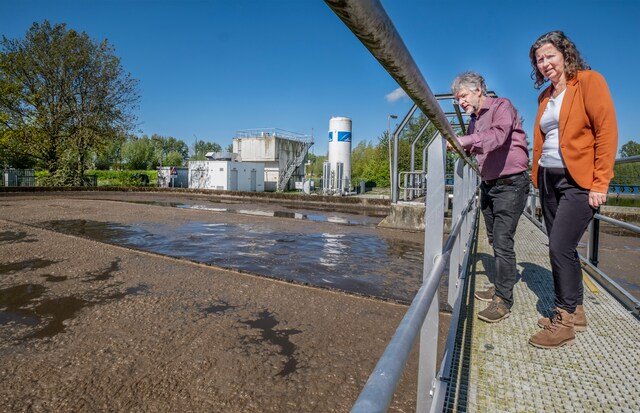
De Volkskrant recently reported how household and industrial wastewater has become a complex mix of pharmaceutical residues, cosmetics, and chemicals. A growing challenge for Europe’s treatment plants.
Every year, around 190,000 kilograms of pharmaceutical residues flow into Dutch surface waters, 90 percent of which come from households.
With an ageing population and increasing medication use, this invisible form of pollution is only expected to intensify.
Rather than treating this as an endless struggle, the European Union is turning a crisis into an opportunity. Reshaping how we deal with what we discard, and transforming wastewater from a symbol of pollution into a story of renewal.
The forthcoming European Wastewater Directive introduces stricter limits on nitrogen, phosphorus, and micro contaminants.
By 2045, all major treatment plants will be required to use advanced purification technologies such as ozonation and activated-carbon filtration to remove pharmaceutical residues and chemical pollutants. In Houten, the Netherlands, a pioneering ozone installation already offers a glimpse of this cleaner future. Here, ozone acts like a molecular pair of scissors, breaking down harmful substances before they reach rivers and seas.
The system removes 77 percent of the epilepsy drug carbamazepine and 85 percent of the painkiller diclofenac. A breakthrough that protects aquatic life from subtle but damaging effects such as tissue damage and reproductive disruption. To make the transition fairer, the new directive also introduces Extended Producer Responsibility:
80 percent of the costs for purification upgrades will be covered by the pharmaceutical and cosmetics industries shifting the burden from citizens to the polluters themselves.

This transformation goes far beyond technology, it changes how we think about water itself. We’re beginning to realise that what disappears down the drain never truly leaves us; it returns, carried by rivers, clouds, and the life around us.
Every drop reflects our habits, what we use, what we waste, what we choose to care for.
Cleaner purification encourages cleaner living: producers take responsibility, citizens grow more conscious, and technology becomes a quiet ally in our collective care for the planet. Clean water, in this light, is not just an outcome but a gesture of respect. A reminder that everything we release eventually flows back to us.
Explore more about this movement and the science behind these new treatments at European Environmental Agency. If you're interested in cleaning your own water, you might take a look at for example (carbon) filters that filter out pharmaceuticals in your home.
The story of the European Wastewater Initiative shows that progress begins when innovation meets awareness, when policy and technology inspire us to see our impact differently.
At Nami, we believe this is the true power of storytelling: making our choices visible, giving them meaning, and helping positive change flow further.
Which innovation or movement has recently inspired you to see the world differently?
Share your example with us at stories@wearenami.com
We’d love to feature it in the next Positive Change.
Office
Manitobadreef 7C
3565 CH Utrecht
The Netherlands
Postal Address
Manitobadreef 7C
3565 CH Utrecht
The Netherlands